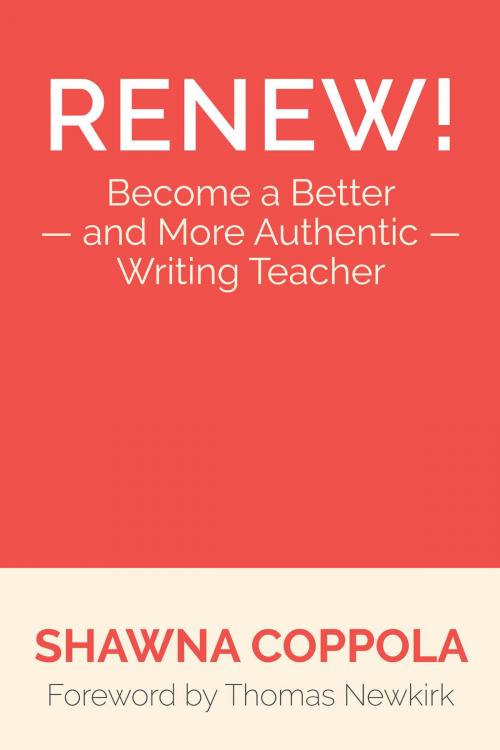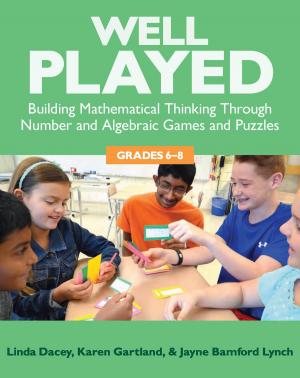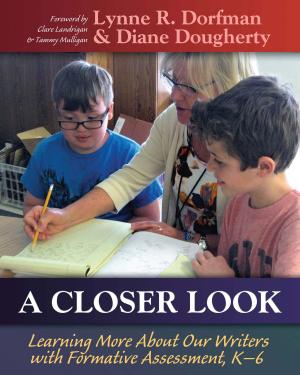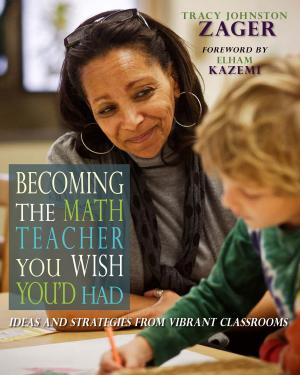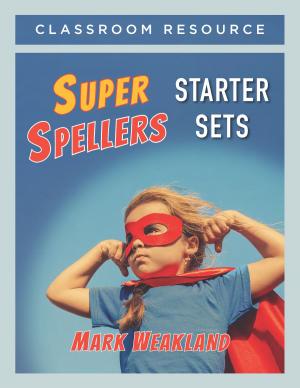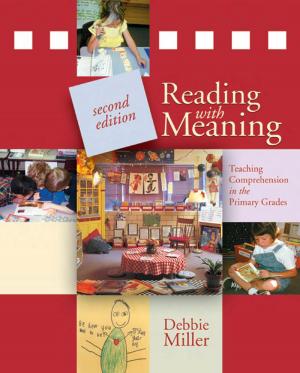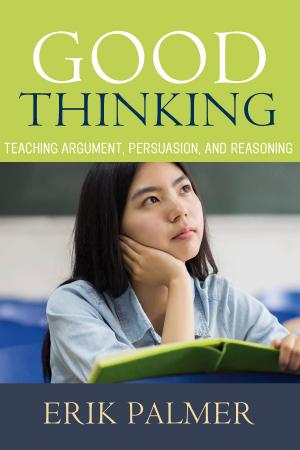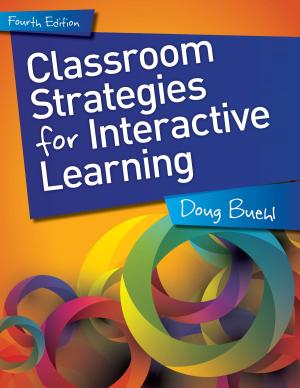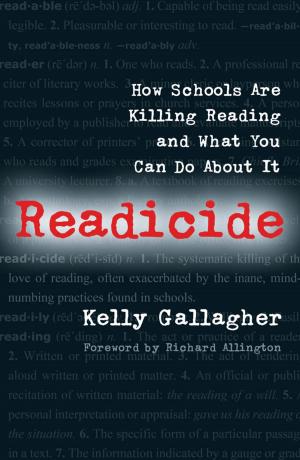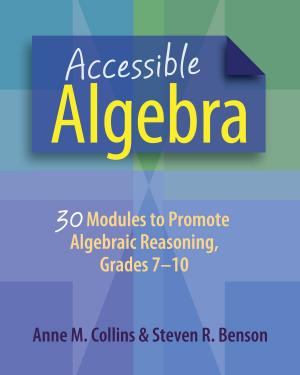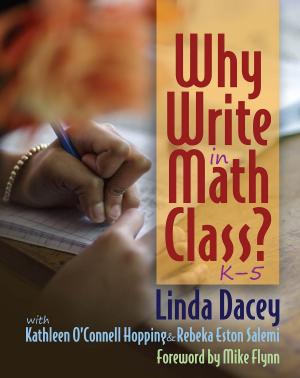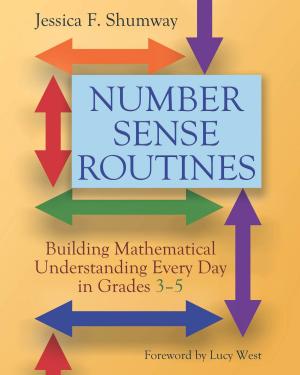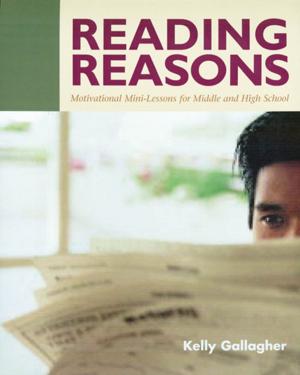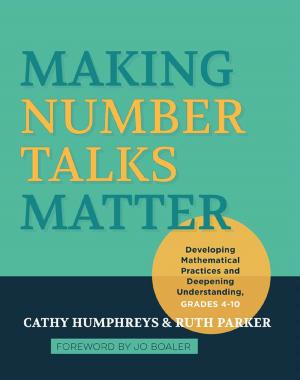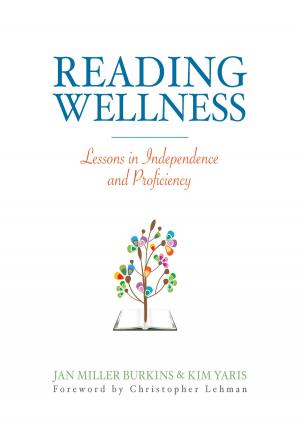Renew!
Become a Better and More Authentic Writing Teacher
Nonfiction, Reference & Language, Education & Teaching| Author: | Shawna Coppola | ISBN: | 9781625311054 |
| Publisher: | Stenhouse Publishers | Publication: | June 1, 2017 |
| Imprint: | Stenhouse Publishers | Language: | English |
| Author: | Shawna Coppola |
| ISBN: | 9781625311054 |
| Publisher: | Stenhouse Publishers |
| Publication: | June 1, 2017 |
| Imprint: | Stenhouse Publishers |
| Language: | English |
Relax and enjoy an afternoon’s reflection on how to break out of rigid prescriptions and orthodoxies that limit writing instruction . . . .
—Tom Newkirk, from the Foreword
When was the last time you shook up your writing instruction? Shawna Coppola’s new book is built on the premise that our students are ever-changing, and so is our global landscape. There’s nothing inherently wrong with relying on instructional strategies that have worked in the past, Shawna challenges writing teachers to revise and renew their professional practice regularly.
By looking at whether a practice matches students’ needs and interests and examining whether it fits into what we know about children and learning and then adjusting our teaching accordingly, we can nurture students to become critical thinkers, problem solvers, and risk takers in the writing classroom and beyond.
Shawna uses a framework of Rethinking, Revising, and Renewing to examine the most pervasive educational practices in writing instruction and to help ask the questions necessary in order to revise those practices so that they are effective for all students. She describes why it’s vital to engage in this challenging work and goes on to examine some of the most ubiquitous practices, including what it means to write, the tools used to teach writing, and how writing is assessed. She also offers ideas for how teachers can nurture their own writing lives and thus reinvigorate their instructional practice.
—Tom Newkirk, from the Foreword
When was the last time you shook up your writing instruction? Shawna Coppola’s new book is built on the premise that our students are ever-changing, and so is our global landscape. There’s nothing inherently wrong with relying on instructional strategies that have worked in the past, Shawna challenges writing teachers to revise and renew their professional practice regularly.
By looking at whether a practice matches students’ needs and interests and examining whether it fits into what we know about children and learning and then adjusting our teaching accordingly, we can nurture students to become critical thinkers, problem solvers, and risk takers in the writing classroom and beyond.
Shawna uses a framework of Rethinking, Revising, and Renewing to examine the most pervasive educational practices in writing instruction and to help ask the questions necessary in order to revise those practices so that they are effective for all students. She describes why it’s vital to engage in this challenging work and goes on to examine some of the most ubiquitous practices, including what it means to write, the tools used to teach writing, and how writing is assessed. She also offers ideas for how teachers can nurture their own writing lives and thus reinvigorate their instructional practice.
Relax and enjoy an afternoon’s reflection on how to break out of rigid prescriptions and orthodoxies that limit writing instruction . . . .
—Tom Newkirk, from the Foreword
When was the last time you shook up your writing instruction? Shawna Coppola’s new book is built on the premise that our students are ever-changing, and so is our global landscape. There’s nothing inherently wrong with relying on instructional strategies that have worked in the past, Shawna challenges writing teachers to revise and renew their professional practice regularly.
By looking at whether a practice matches students’ needs and interests and examining whether it fits into what we know about children and learning and then adjusting our teaching accordingly, we can nurture students to become critical thinkers, problem solvers, and risk takers in the writing classroom and beyond.
Shawna uses a framework of Rethinking, Revising, and Renewing to examine the most pervasive educational practices in writing instruction and to help ask the questions necessary in order to revise those practices so that they are effective for all students. She describes why it’s vital to engage in this challenging work and goes on to examine some of the most ubiquitous practices, including what it means to write, the tools used to teach writing, and how writing is assessed. She also offers ideas for how teachers can nurture their own writing lives and thus reinvigorate their instructional practice.
—Tom Newkirk, from the Foreword
When was the last time you shook up your writing instruction? Shawna Coppola’s new book is built on the premise that our students are ever-changing, and so is our global landscape. There’s nothing inherently wrong with relying on instructional strategies that have worked in the past, Shawna challenges writing teachers to revise and renew their professional practice regularly.
By looking at whether a practice matches students’ needs and interests and examining whether it fits into what we know about children and learning and then adjusting our teaching accordingly, we can nurture students to become critical thinkers, problem solvers, and risk takers in the writing classroom and beyond.
Shawna uses a framework of Rethinking, Revising, and Renewing to examine the most pervasive educational practices in writing instruction and to help ask the questions necessary in order to revise those practices so that they are effective for all students. She describes why it’s vital to engage in this challenging work and goes on to examine some of the most ubiquitous practices, including what it means to write, the tools used to teach writing, and how writing is assessed. She also offers ideas for how teachers can nurture their own writing lives and thus reinvigorate their instructional practice.
